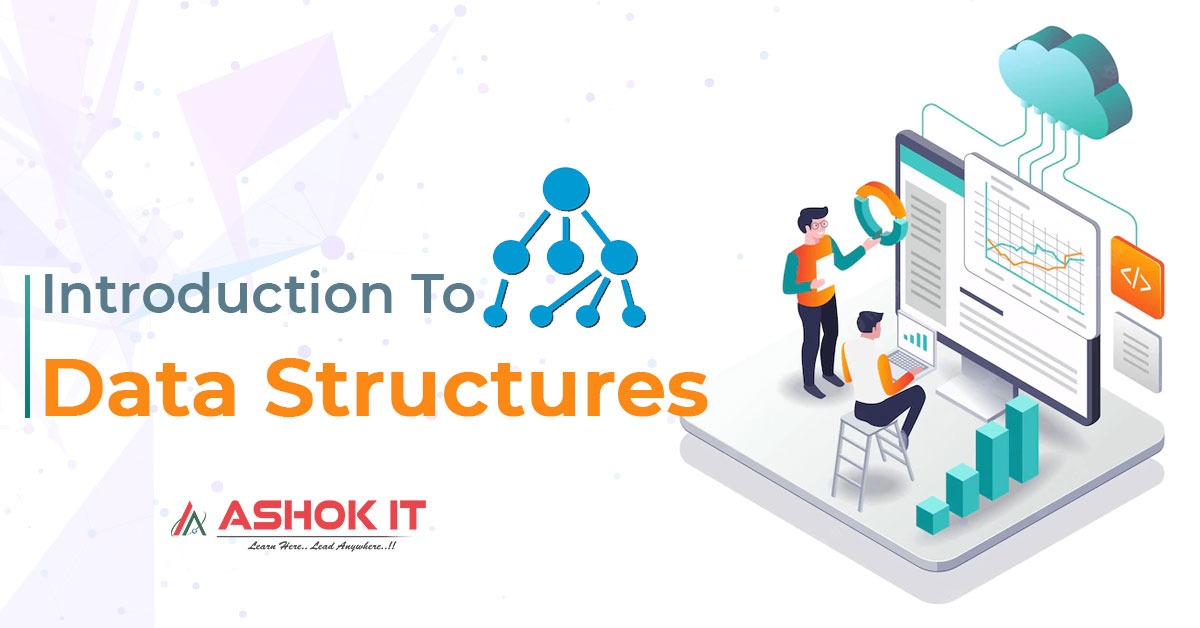Introduction to Spring boot and Microservices
Introduction to Spring boot and Microservices
The term microservices refers to a software architecture style, where the application is composed of small, independent services. These services are then deployed in containers and can be scaled up or down independently.
Spring Boot is an open source framework that helps build applications using a microservices architecture. Spring Boot can be used to create stand-alone and web applications or add functionality to existing applications without the need for code changes.
Spring Boot is a Java framework which helps developers to create enterprise-grade applications by providing a set of libraries that allow them to build their applications quickly. Microservices are the new trend in software architecture where each service is responsible for one specific task.
Spring Boot providing Auto Configuration support that means it will identify the configuration which is required for the developers and it will add that configuration for application. Developers just need to concentrate on only business logic implementation. Required configuration will be taken care by spring boot.
The world is becoming more and more connected. The need for a system that can process data from different sources and provide insights is higher than ever. Microservices are the answer to this need.
Microservices are the way of the future, as they allow software developers to create small, independent services that can be used in a variety of contexts.
Making a New Service Using Spring Boot by Using the Spring Initializer
The Spring Initializer is a tool that can be used to create an application with Spring Boot. It is a web-based tool that can be used to generate the necessary files for an application. The Spring Initializer will provide a set of templates for different types of applications, such as RESTful services, database-driven services, and so on.
Conjure Other Microservices
Spring Boot is an application framework that makes it easy to create stand-alone, production-grade Spring based applications that can be run in a container without requiring external dependencies or configuration.
Guarantee Load Balancing
Guarantee Load Balancing is a new feature in Spring Boot that allows developers to easily configure the load balancing of microservices.
The main idea behind this feature is to provide a simple and declarative way for developers to configure load balancing. The configuration file will dictate what type of load balancer the application should use and how it should be configured. The configuration file can also dictate how the different components are mapped onto different instances of the same service.
Oversee Microservices Configuration Centrally by Using Spring Cloud Config ServerGuarantee Load Balancing
Spring Cloud Config Server provides a central repository for all the configuration that is needed to run your microservices. The configuration is stored in a file and can be accessed by all the services that are running on the same server. Spring Cloud Config Server also provides load balancing, so if one server goes down, the other servers will take over.
Lay out Security with Spring Cloud
Security is a major concern for any organization. This is because of the increasing number of cyber-attacks and data breaches. Spring Cloud provides a framework to build secure microservices with minimal effort. It can be used to implement authentication, authorization, data encryption and auditing across microservices.
Spring Cloud provides an open source platform that makes it easy to create secure microservices. It is based on the message broker technology called RabbitMQ and it comes with a set of modules for different security features like authentication, authorization, data encryption and auditing across microservices.
Empower Fault Tolerance
The Spring Boot framework is a lightweight Java application framework that allows developers to create stand-alone, production-grade web applications, RESTful web services and microservices.
Spring Boot provides a lot of benefits to developers such as:
- Simplicity: the framework is easy to learn and use. - Tooling support: it offers great tooling support for Java development. - Performance: it has a fast startup time and can be deployed in production without any configuration. - Scalability: it can handle high loads. - Fault tolerance: it offers fault tolerance features like restarting failed services automatically or rolling back state on failure of an individual service.
Conclusion:
Spring Boot is a popular Java framework for developing microservices.
It provides a lot of features, which make it easy to rapidly develop and deploy applications.
Spring Boot providing Auto Configuration
Microservices is an architectural design patter to develop applications
Ashok IT is an online training institute that offers Software Training on different courses with 100% placement assistance.







